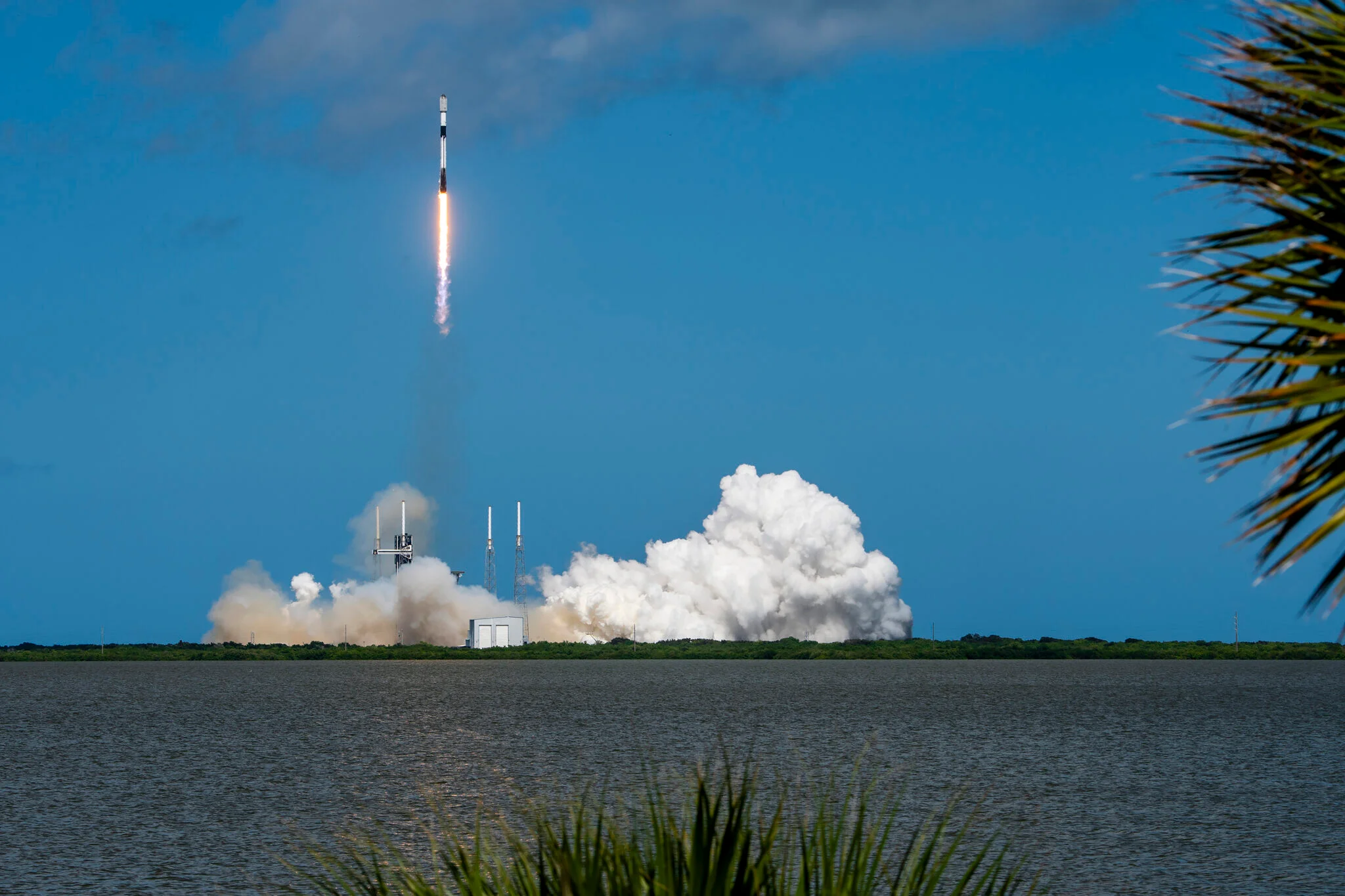SpaceX added 56 satellites to its Starlink broadband network with the launch of two Falcon 9 rockets from Florida and California on Sunday. These missions marked a significant milestone for the company’s satellite internet project. With the second launch from Vandenberg Space Force Base in California, SpaceX brought the total number of Starlink satellites it has sent into low Earth orbit to over 10,000.
SpaceX’s Sky: 70% of Active Satellites Now Under Starlink Control
Astronomer Jonathan McDowell is an expert who closely follows the flow of satellites between Earth and space. According to McDowell’s calculations, the total number of satellites SpaceX has launched has reached exactly 10,006. This figure includes dozens of Starlink demo satellites launched in the past. However, it does not include the prototype satellites carried on the company’s recent Starship test flights.

The Starlink network surpassed 7 million subscribers worldwide in August. The service currently primarily provides internet connectivity to homes and businesses. SpaceX is now pursuing an aggressive strategy to expand its service directly to smartphones. During Sunday’s launch, SpaceX’s launch director celebrated this achievement with the words, “From Tintin to 10,000. Forward Starlink, forward Falcon, forward SpaceX.” Tintin A and B were the code names of the first two Starlink prototypes launched in 2018.
The satellites successfully separated from the rockets at an altitude of approximately 260 kilometers. The satellites are expected to deploy their solar panels and fire their plasma engines, which will then allow them to climb to their operational altitude of 535 kilometers. As SpaceX adds new satellites to its fleet, it is also retiring aging or obsolete satellites. These retired satellites are designed to re-enter the atmosphere and burn up before any debris reaches the surface.
According to data shared by McDowell as of Monday, October 20th, there are currently a total of 8,680 Starlink satellites in orbit. Of these, 8,664 (including those not yet operational) are operational. The number of satellites currently in service in orbit is 7,448. These figures represent roughly two-thirds of all active satellites in orbit today.
While it is difficult to determine the exact number of active satellites, the European Space Agency (ESA) estimates there are approximately 12,500 operational satellites in orbit. According to this estimate, SpaceX alone owns and operates approximately 70% of all active satellites currently in orbit. The company’s current V2 Mini satellites have solar panels that are 30 meters wide from edge to edge. The next-generation satellites, known as V3s, will be too large to fit on the Falcon 9. These satellites are planned to be launched in groups of 60, perhaps as early as next year, aboard SpaceX’s new Starship rocket.
Sunday’s missions were significant not only for Starlink but also for rocket technology. The first launch from Florida marked the 31st mission of the company’s most-flown Falcon 9 rocket. The rocket successfully landed on a recovery ship in the Atlantic Ocean for its 32nd flight. SpaceX engineers are currently certifying Falcon 9 rockets for up to 40 flights. The company has completed 132 Falcon 9 missions so far this year, already surpassing last year’s total number of Falcon 9 flights. SpaceX is expected to break its own record this weekend.
SpaceX’s rapid growth and dominance of satellites in orbit have sparked much discussion about the future of the internet. Do you think satellite internet systems like Starlink could replace traditional internet connections in the future? We welcome your comments.













